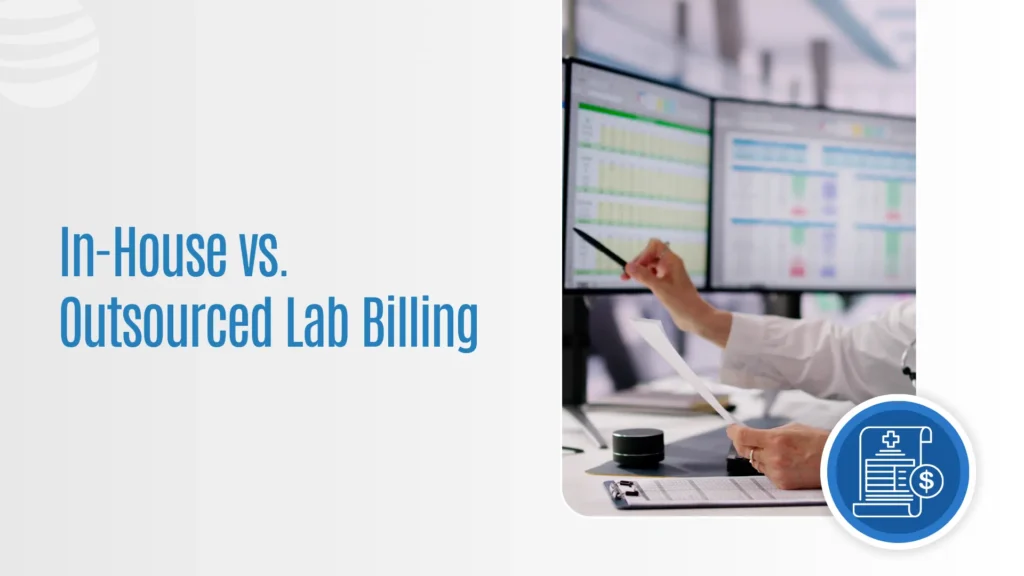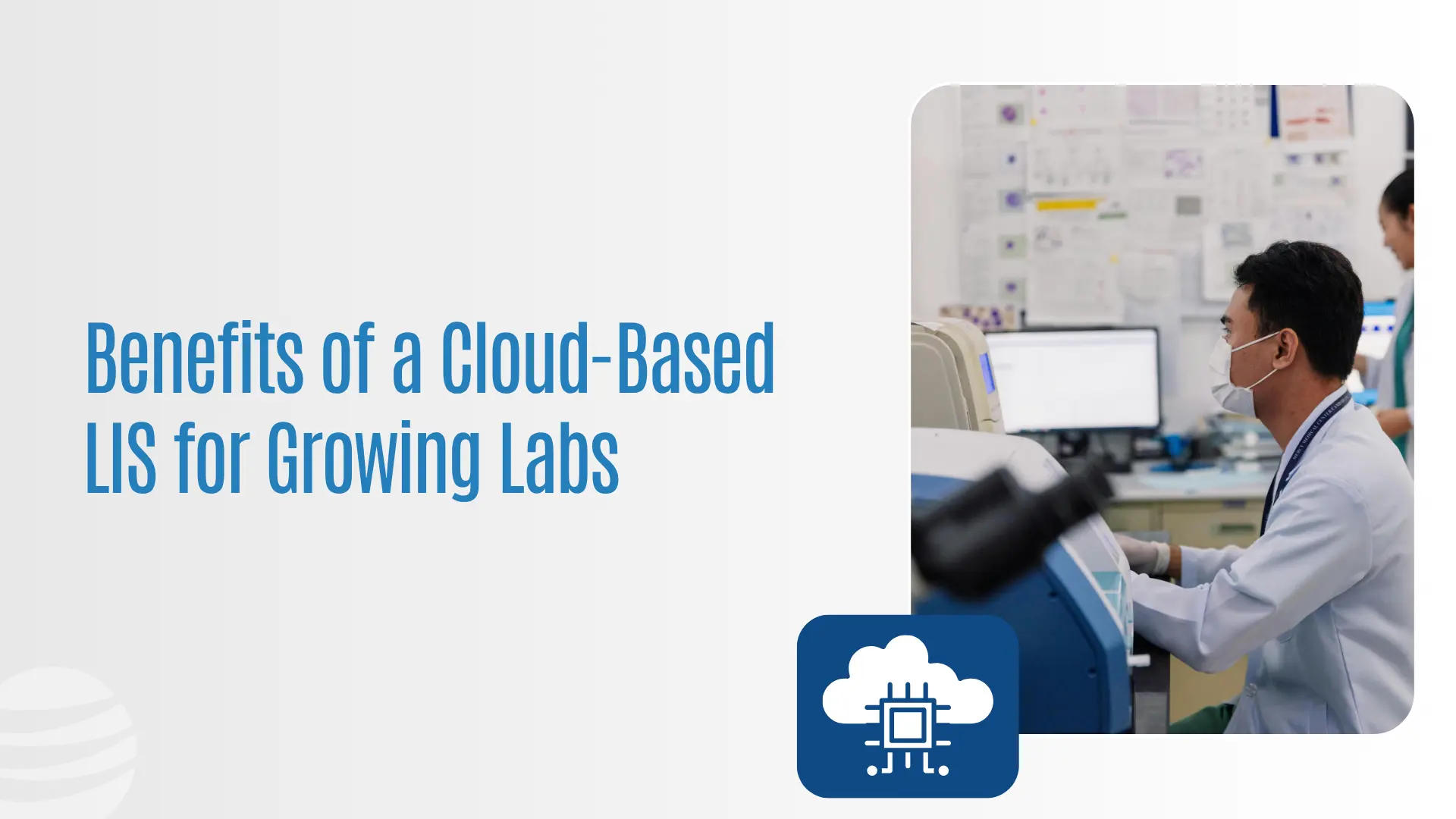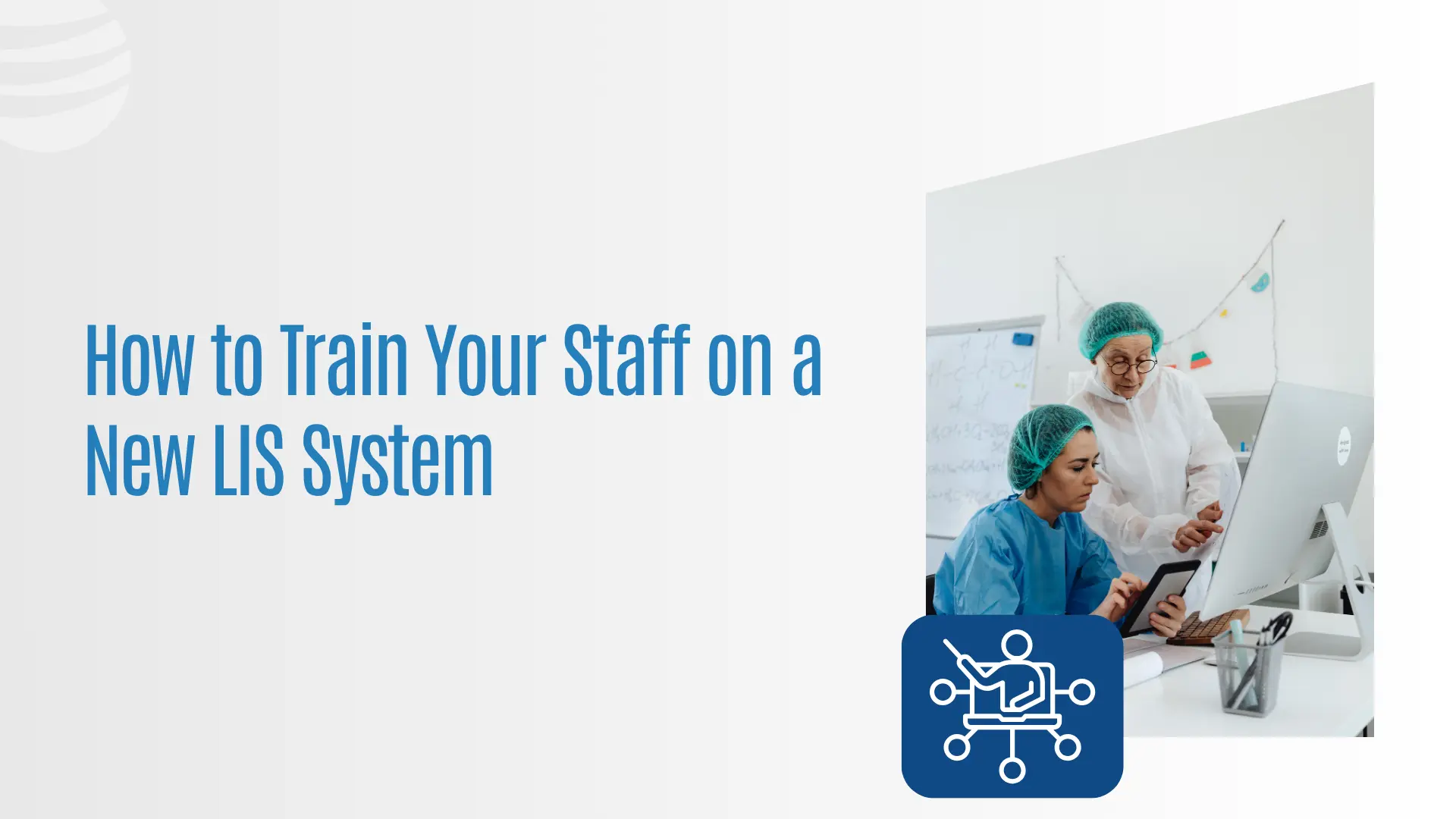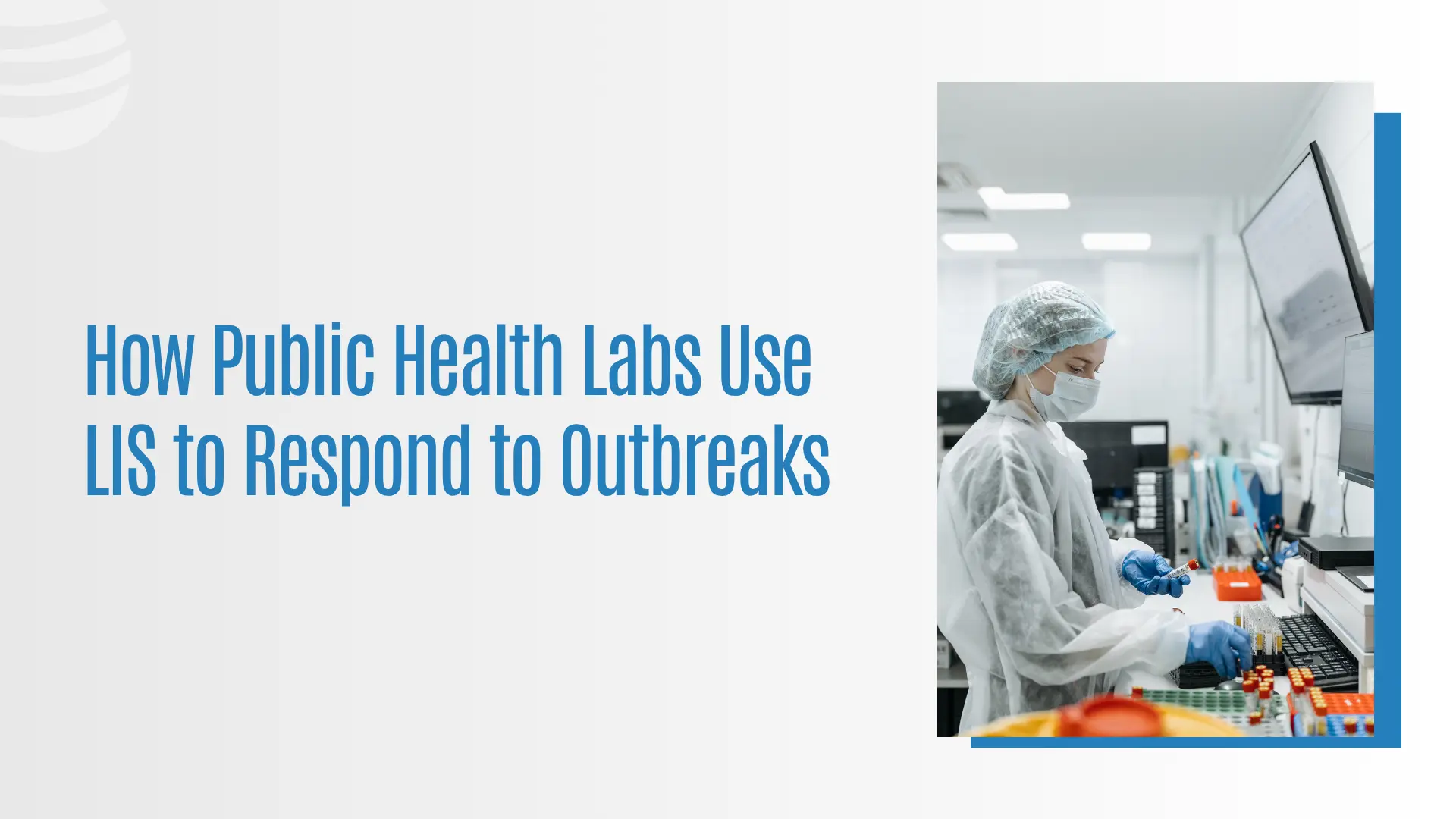In-House vs. Outsourced Lab Billing: What’s Best for Your Lab?
Billing Isn’t Just a Back Office Function
For most labs, billing is the final step of the testing process. But financially, it is the first step of revenue. Whether your lab processes 100 tests or 10,000, how you bill determines your cash flow, profitability, and sustainability.
The question many lab leaders face: Should we keep billing in-house or outsource it?
There’s no one-size-fits-all answer. The right decision depends on your lab’s size, complexity, staffing, technology, and growth goals. This blog compares both models their costs, benefits, risks, and long-term impact to help you decide what’s best for your lab.
What Is In-House Lab Billing?
In-house billing means your lab handles all revenue cycle tasks internally:
- Claims generation
- Coding and modifiers
- Denial management
- Insurance follow-up
- Patient billing
- Revenue reporting
This is typically done by a billing team using a Revenue Cycle Management (RCM) software, integrated (ideally) with your LIS.
Pros of In-House Billing
✅ Full control over workflows
✅ Real-time visibility into claims and AR
✅ Ability to respond quickly to denials or payer issues
✅ Direct alignment between operations and billing
✅ Cost-effective at higher volume
Cons of In-House Billing
❌ Requires hiring and training specialized staff
❌ Technology costs can be high
❌ Compliance risk if staff are undertrained
❌ May lack payer-specific expertise
❌ Hard to scale fast without more headcount
What Is Outsourced Lab Billing?
Outsourced billing means you contract with a third-party billing service or medical billing company to manage some or all of your RCM. This often includes:
- Claim generation
- Coding
- Payment posting
- Denial appeals
- AR follow-up
- Monthly reporting
Outsourced teams may use their own billing software or plug into your existing system.
Pros of Outsourced Billing
✅ Access to billing experts immediately
✅ Reduces internal staffing needs
✅ Usually more scalable in early growth stages
✅ Often includes compliance oversight and consulting
✅ Can start quickly with little internal setup
Cons of Outsourced Billing
❌ Less direct control over workflows
❌ Slower turnaround for follow-up or rejections
❌ Less transparency unless integrated into your systems
❌ Recurring costs may outweigh savings over time
❌ Some providers may lack lab-specific expertise
In-House vs. Outsourced: Side-by-Side Comparison
| Factor | In-House Billing | Outsourced Billing |
|---|---|---|
| Visibility | High (real-time) | Limited (depends on vendor tools) |
| Startup Speed | Slower (requires hiring/setup) | Faster (can launch in weeks) |
| Cost Over Time | Lower once scaled | Higher if fees are % of collections |
| Control | High | Low–Moderate |
| Expertise Required | Internal training needed | Provided by vendor |
| Scalability | Requires new hires | Vendor can scale quickly |
| Compliance Risk | Depends on staff knowledge | Shared with vendor |
When In-House Makes the Most Sense
In-house billing is often best for:
✅ Labs with high daily test volumes
✅ Labs using integrated LIS + RCM platforms (like Prolis)
✅ Teams with billing and coding expertise in-house
✅ Labs looking for full control and long-term cost efficiency
✅ Labs planning to scale gradually with predictable volumes
When Outsourcing Makes More Sense
Outsourced billing may be the right choice if:
✅ Your lab is new or growing quickly
✅ You lack trained billing staff
✅ You need to launch billing operations fast
✅ You want temporary help while scaling
✅ You prefer to avoid tech setup and maintenance
Hybrid Billing Models
Some labs opt for a hybrid approach:
- Keep claims generation and oversight in-house
- Outsource denial management and appeals
- Use outside consultants to validate compliance
This can balance control and flexibility while keeping overhead low.
Why Technology Makes the Bigger Difference
Regardless of the model, the key to profitability is workflow automation and data accuracy.
Labs using an integrated LIS + RCM platform like Prolis benefit from:
- Cleaner claims with fewer errors
- Real-time billing triggers tied to test results
- Compliance-ready audit trails
- Dashboards showing billing performance and AR in one view
Whether you manage billing yourself or with a vendor, Prolis improves outcomes by reducing denial rates, speeding claim submission, and giving you total visibility.
Final Verdict: Choose What Aligns with Your Lab’s Goals
The right billing model depends on:
- Your volume
- Your staff capacity
- Your technology stack
- Your growth stage
What matters most is not who clicks “submit” it’s how your system captures clean data, prevents denials, tracks payments, and scales.
Whether you build a team or bring in a vendor, Prolis ensures your LIS and billing workflows are connected, compliant, and profitable.





